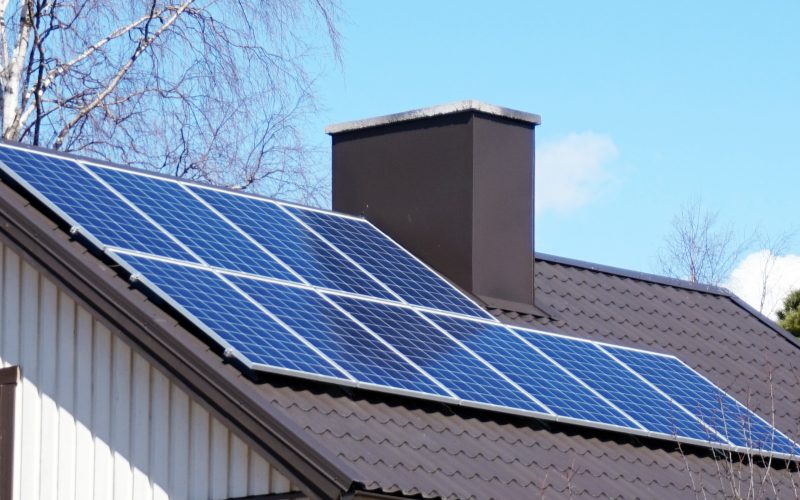Renewable energy has been a long sought after solution to both suffice the needs of this growing nation as well as creating a source of clean energy which would help the environment. Climate Change is real and with each passing year we see its impact on our lives, right from the air we breathe to the rising temperatures, melting polar ice caps. Governments across the globe are looking for alternate sources of energy, Solar Energy has come out on top as the most feasible solution in terms of both scale, reach and affordability.
In a country like India which sees sunlight for most of the year, solar power could be the game changer and we at zunroof are looking to bring this change to your homes. There is immense opportunity in the residential sector to not only bring renewable energy to cities and towns but also to places where conventional forms of energy have not been able to reach.
The government of India is currently targeting 175 GW of renewable energy output by the year 2022, of which 100 GW is the target for Solar Power. 40 percent of the 100 GW is to be generated from rooftop and decentralized solar projects.The government has been doing its bit in educating the market as well as offering subsidies as high as 30 percent to incentivize the use of Solar Rooftops.
The advent of net-metering coupled with the financial benefits of using solar power has offered a viable alternative for Indian homes to meet their energy demands through Solar. At present there are three types of residential solar systems
- On-Grid: These are systems which are connected to the main grid, sending excess power back to the grid. Used in locations with low power outages and are predominantly an electricity expense savings tool.
- Off-Grid: These systems are connected to batteries and by virtue of being connected to them the cost goes up. They are mostly used in places where grid connections are unreliable
- Hybrid System: Hybrid model is connected to both the grid and batteries. The chances of power outage in a hybrid model is extremely low due to its two tier backup.
Once you figure out the system that best works in your case, we move towards assessing your power requirements and the level to which this can be fulfilled through Solar. While the basis for this is usually the sanctioned load it is also important to know the Maximum Demand Indicator or M.D.I, which tells you the maximum electrical energy required by the customer in a given period of time.
An electrified home in Delhi consumes about 250-270 units or kWh of electricity in a month, that makes it about 3000-3200 units in a year..Our AI based 3-D Rooftop modelling system would tell you just how much solar power your rooftop has the capacity to generate. Everything is considered right from the topography to shadowing area of the rooftop and a fairly accurate estimate is generated. Based on this assessment and your requirements ascertained from your electricity bill a suitable system is designed. If we take the example of the average delhi household i.e a requirement of 3000-3200 units, the system would require a 2 kVA Solar Inverter(Single/three phase), about 8 modules of 320Wp each, and other accessories needed to install the system. The units post installation seldom require any interference and continue to function with a high efficiency for more than 25 years.
The subsidies offered by the government coupled with the high efficiency performance helps the consumers save a lot of money. The savings calculator on the zunroof would tell you how much your solar system would save for you in the course of 25 years. Practically making it a financial savings instrument. As for the benefits to the environment, for each KiloWatt hour of electricity generated coal accounts for 109 grammes of CO2 emissions. In contrast Solar produces only 4 grammes of CO2 emissions/kWh, a percentage change of whopping 2625 percent. It is out there for everyone to see, if you can fulfill the criteria that is required by a household to avail solar, which is nothing more than rooftop rights and plenty of sun then given the financial and environmental benefits there is no reason why you should not be opting for solar. You can visit our website www.zunroof.com to take a step in the renewable energy direction and be a part of the change we’re trying to bring.
Do give our blog a read for all your solar-related questions. You can also check out other interesting updates on solar on our Facebook page (facebook.com/zunroof)
Reach out to us by filling the form below:

